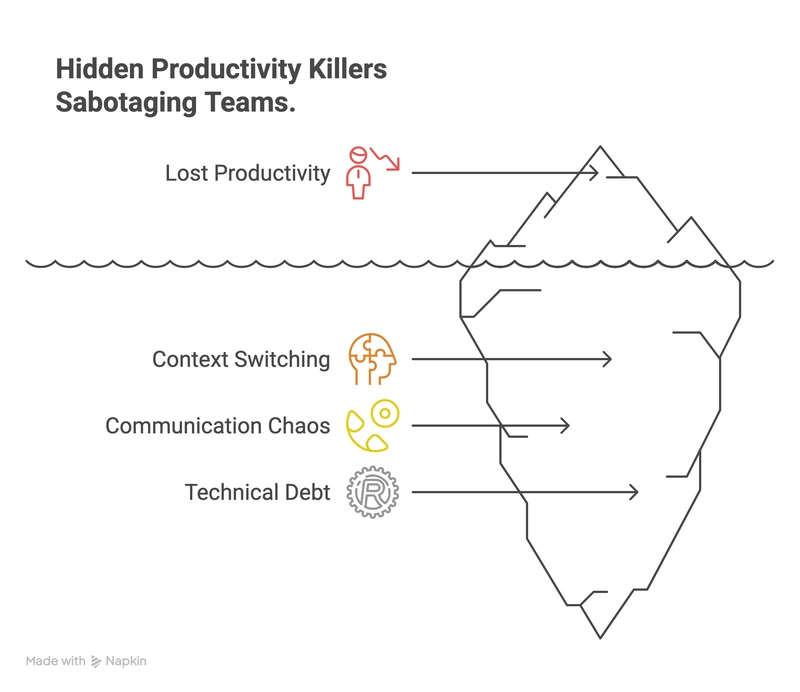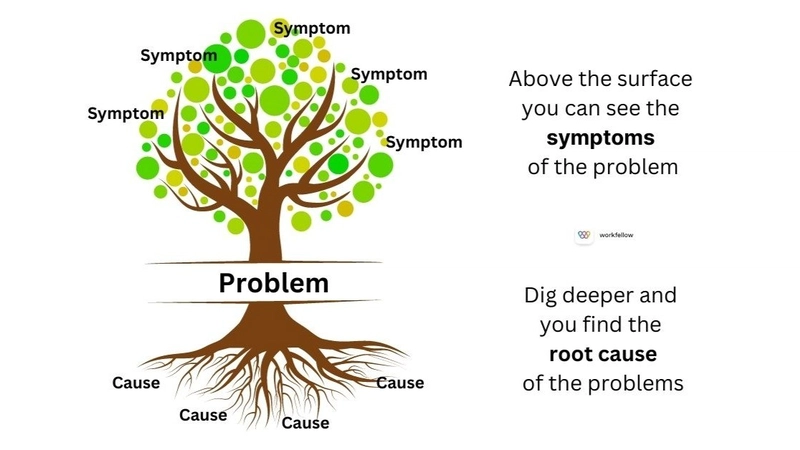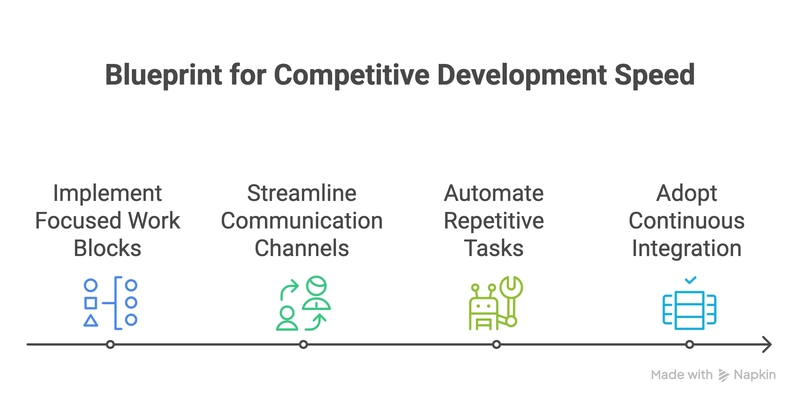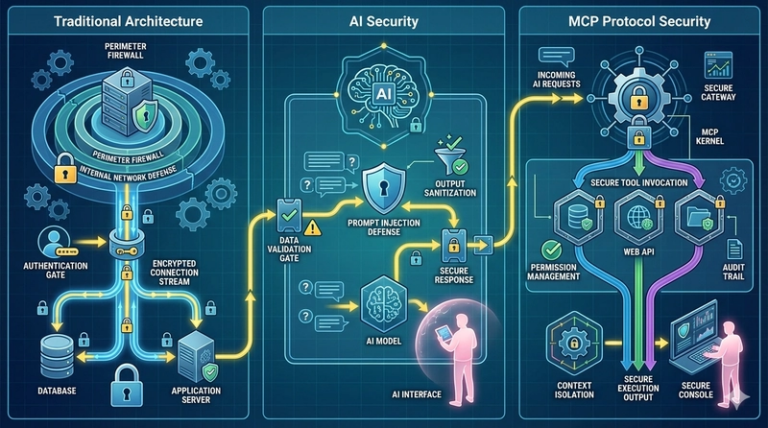Why Your Development Team Is 40% Slower Than Your Competitors (And How to Fix It)
The productivity gap that’s silently killing your competitive edge
Your development team ships features more slowly than your competitors. This is not speculation; it is a measurable reality affecting 73% of software teams globally. While your competitors deliver products faster, capture market share, and iterate rapidly, your team struggles with inefficiencies that compound daily.
The 40% productivity gap isn’t just a number. It represents missed opportunities, frustrated developers, and customers choosing competitors because they ship faster. But here’s the silver lining: this gap is entirely fixable once you understand what’s causing it.
Calculate Your Team Productivity Throw our inBuilt Team Productivity Calculator
The Hidden Productivity Killers Sabotaging Your Team
1. Context Switching: The Silent Assassin
Developers lose 23 minutes of focused work time after each interruption. Your team handles an average of 56 interruptions daily—from Slack messages to urgent “quick questions” that derail deep work sessions.
The Real Cost:
- 40% of productive time lost to context switching
- Increased bug rates due to fragmented attention
- Developer burnout from constant mental gear-shifting
2. Communication Chaos in Remote Teams
Remote development teams experience 3x more communication overhead than co-located teams. Your developers spend 2.5 hours daily in meetings, with 67% reporting these sessions as “mostly unproductive.”
Common Communication Pitfalls:
- Status update meetings that could be async
- Unclear requirements leading to rework cycles
- Knowledge silos preventing efficient collaboration
3. Technical Debt: The Compound Interest of Code
Technical debt accumulates at 15% annually in most codebases. Your team spends 42% of development time maintaining legacy code instead of building new features.
Debt Indicators:
- Increasing bug fix times
- Slower feature delivery
- Developer frustration with codebase complexity
The Productivity Benchmark: Where Top Teams Excel
High-performing development teams share specific characteristics that create competitive advantages:
1. Deployment Frequency Advantage
- Elite Teams: Deploy on-demand, multiple times daily
- Average Teams: Deploy weekly to monthly
- Your Impact: Faster feedback loops and reduced deployment risks
2. Lead Time Optimization
- Elite Teams: Code to production in under one hour
- Average Teams: Code to production in 1-6 months
- Your Impact: Rapid market response and customer satisfaction
3. Error Recovery Speed
- Elite Teams: Restore service in under one hour
- Average Teams: Restore service in 1-7 days
- Your Impact: Minimized downtime and customer trust
The Root Cause Analysis: Why Teams Fall Behind
1. Inefficient Development Workflows
Traditional development workflows create bottlenecks that slow entire teams:
Waterfall Remnants in Agile Teams:
- Excessive planning phases
- Rigid sprint boundaries
- Limited cross-functional collaboration
Tool Fragmentation:
- 14 different tools for project management
- Disconnected development and deployment pipelines
- Manual handoffs between team members
2. Lack of Continuous Integration Culture
Teams without proper CI/CD practices experience:
- 5x longer integration times
- 3x higher bug rates
- 60% more deployment failures
3. Inadequate Performance Monitoring
Without real-time insights, teams operate blindly:
- No visibility into development bottlenecks
- Reactive rather than proactive problem-solving
- Missed optimisation opportunities
The Blueprint for Competitive Development Speed
1. Implement Focused Work Blocks
Deep Work Scheduling:
- 4-hour uninterrupted coding sessions
- Designated “no meeting” time blocks
- Async communication for non-urgent requests
Practical Implementation:
Morning Block (9 AM - 1 PM): Deep development work
Afternoon Block (2 PM - 4 PM): Collaboration and reviews
Evening Block (4 PM - 6 PM): Planning and documentation
2. Streamline Communication Channels
Async-First Communication:
- Document decisions in shared spaces
- Use threaded discussions for complex topics
- Record technical discussions for future reference
Meeting Optimization:
- 25-minute default meeting duration
- Required agenda and outcomes
- Maximum 5 participants for technical discussions
3. Automate Repetitive Tasks
Testing Automation:
- Unit tests with 80%+ code coverage
- Integration tests for critical paths
- Automated security scans
Deployment Automation:
- One-click deployment processes
- Automated rollback capabilities
- Environment provisioning scripts
4. Adopt Continuous Integration Best Practices
CI/CD Pipeline Optimization:
- Parallel test execution
- Incremental build processes
- Automated code quality checks
Branch Management:
- Short-lived feature branches
- Frequent integration to main branch
- Automated conflict resolution
Teamcamp Productivity Solution for Development Teams
Real-World Success Stories: Teams That Closed the Gap
Case Study 1: E-commerce Platform Transformation
- Challenge: 6-week deployment cycles, 40% bug rate
- Solution: Implemented automated testing, CI/CD pipeline, and focused work blocks
- Result: 2-day deployment cycles, 12% bug rate, 300% faster feature delivery
Case Study 2: SaaS Startup Acceleration
- Challenge: 3-month feature development time
- Solution: Adopted agile practices, automated workflows, and performance monitoring
- Result: 2-week feature development time, 85% customer satisfaction increase
Case Study 3: Enterprise Development Optimization
- Challenge: Siloed teams, manual processes, slow feedback loops
- Solution: Cross-functional collaboration, automation tools, and streamlined communication
- Result: 50% faster delivery, 60% reduction in rework, improved developer satisfaction
Essential Tools for Competitive Development Speed
1. Development Environment Optimization
IDE and Editor Enhancements:
- Code completion and intelligent suggestions
- Integrated debugging and profiling tools
- Version control integration
Local Development Acceleration:
- Containerized development environments
- Hot reload capabilities
- Dependency management automation
2. Collaboration and Project Management
Unified Platforms:
- Integrated issue tracking and code reviews
- Real-time collaboration features
- Automated workflow triggers
Performance Analytics:
- Development velocity metrics
- Bottleneck identification tools
- Team productivity insights
3. Testing and Quality Assurance
Automated Testing Frameworks:
- Unit testing with coverage reporting
- Integration testing for API endpoints
- End-to-end testing for user workflows
Code Quality Tools:
- Static analysis and linting
- Security vulnerability scanning
- Performance profiling and optimization
Measuring Success: KPIs That Matter
Development Velocity Metrics
- Cycle Time: Time from code commit to deployment
- Throughput: Features delivered per sprint
- Quality: Bug rate and customer satisfaction scores
Team Performance Indicators
- Developer Satisfaction: Regular team surveys and feedback
- Code Quality: Technical debt ratio and maintainability scores
- Collaboration Effectiveness: Cross-team knowledge sharing metrics
Business Impact Measurements
- Time to Market: Feature delivery speed compared to competitors
- Customer Response: User adoption rates and feedback scores
- Revenue Impact: Feature performance and business value delivery
The Implementation Roadmap
Phase 1: Foundation (Weeks 1-4)
- Audit current development processes
- Identify top 3 productivity bottlenecks
- Implement basic automation tools
- Establish communication protocols
Phase 2: Optimisation (Weeks 5-12)
- Deploy CI/CD pipeline
- Introduce performance monitoring
- Optimise development workflows
- Train team on new processes
Phase 3: Acceleration (Weeks 13-24)
- Fine-tune automation systems
- Implement advanced collaboration tools
- Establish continuous improvement culture
- Measure and optimize performance metrics
Conclusion: Your Path to Competitive Development Speed
The 40% productivity gap between your team and competitors isn’t permanent. It’s a solvable challenge that requires systematic approach, right tools, and cultural commitment to continuous improvement.
Top-performing development teams don’t succeed by accident. They implement proven strategies, leverage automation, and create environments where developers can focus on what they do best: building exceptional software.
Your competitive advantage lies in closing this gap faster than your competitors can widen it. The teams that act now will define the pace of innovation in their markets.
Ready to transform your development team’s productivity? Teamcamp provides the integrated project management platform that high-performing development teams use to streamline workflows, improve collaboration, and deliver software faster than ever before. Join thousands of developers who’ve already closed the productivity gap and started outpacing their competition.
Start your free trial today and discover why leading development teams choose Teamcamp for their competitive edge.






